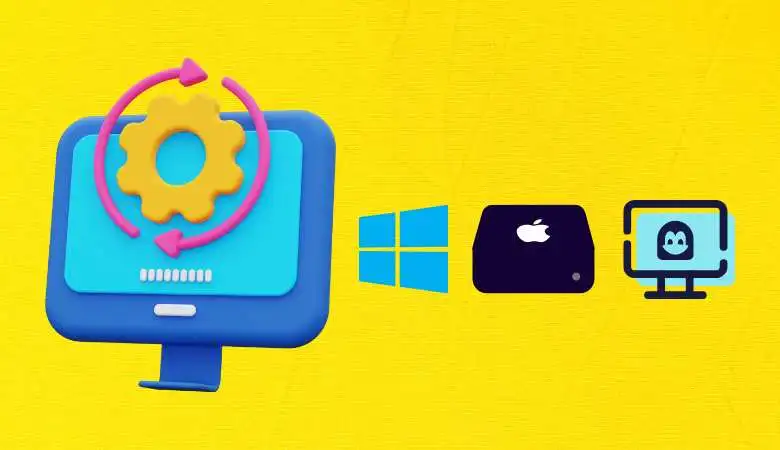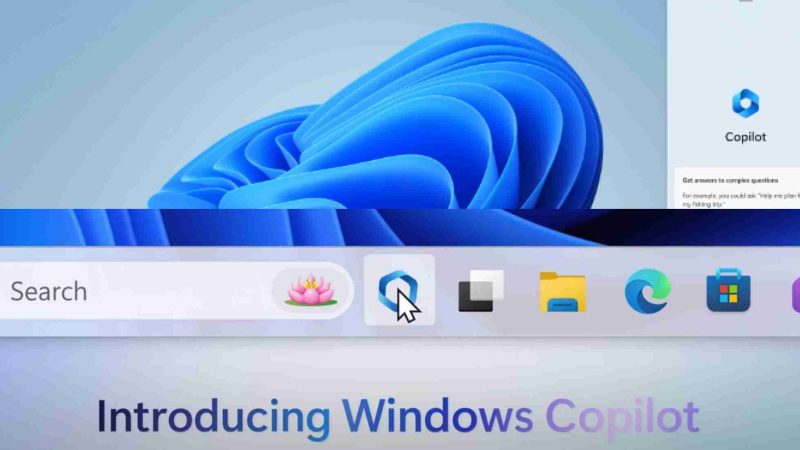Popular Operating Systems (OS) in Today’s Technology Market

This article explores the most commonly used operating systems worldwide, focusing on the market leaders for personal computers and mobile devices. From Windows to Android, macOS, and iOS, discover the strengths and specificities determining their popularity and dominance in today’s technology market.
Introduction to the overview of the most popular operating systems
Operating systems are vital in user experience, whether on personal computers, smartphones or tablets. Their constant evolution and adaptation to user needs broadly define how we interact with our digital devices.
This article aims to look closer at the world’s three most widely used operating systems, distinguishing between desktop platforms and mobile devices.
Domination of operating systems on personal computers
Windows: The undisputed giant
According to various market studies and analyses, Microsoft’s Windows remains the dominant operating system on personal computers, occupying a market share above 75% as of June 2022. Its dominance is explained by its compatibility with a wide range of software and peripherals, ease of use, and historical presence in the market.
macOS: Aesthetics meets functionality
Following Windows, macOS, designed by Apple, occupies second place with a market share of around 15%. This system is appreciated for its intuitive interface, functionality, and seamless integration with the Apple product ecosystem. It is a preferred choice for creative professionals and other demanding users.
Linux: The choice of connoisseurs
Although occupying a more modest market share, around 3%, Linux continues to grow in popularity, especially among advanced users and IT professionals. Its strength lies in its flexibility, reinforced security and open-source model, which allows extensive customization according to the specific needs of users.
Leaders in mobile operating systems
Android: Universality and customization
Android, developed by Google, stands out as the world leader in the smartphone and tablet market, with a market share exceeding 70%. Its openness and ability to be customized have contributed to its popularity, allowing various applications and adaptations by different device manufacturers.
iOS: Premium quality
iOS, Apple’s mobile operating system, despite having a market share of around 25%, dominates the high-end smartphone segment. Its strengths are a clean user interface, excellent security, and seamless integration with other Apple devices, making it a favourite among users prioritizing quality and reliability.
Decline of Windows Phone
Windows Phone has seen its market share drop significantly over the years despite a promising start. Although it offered an attractive alternative, low adoption by app developers and users led to its decline in the face of its more dynamic competitors.
Conclusion
The study of the most used operating systems reveals not only the technological preferences of users but also the competitive dynamics between technology giants. Whether on personal computers or mobiles, the race for innovation continues to shape our daily interactions with technology. Share your experiences or opinions on these systems to enrich this ongoing analysis.
Also Read: What is Open Source Software





